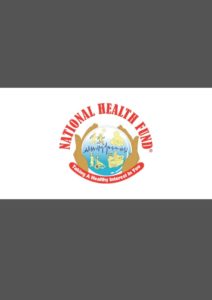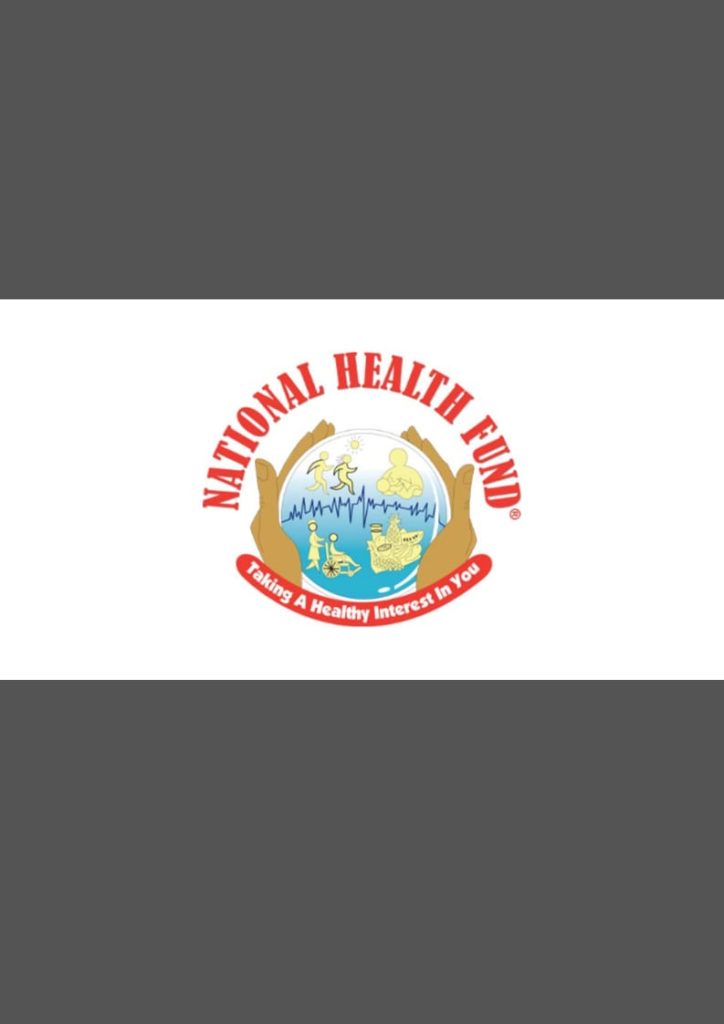Rashtriya Arogya Nidhi: Overview
Rashtriya Arogya Nidhi (RAN) is a scheme launched by the Government of India in 1997 to provide financial assistance to poor patients living below the poverty line (BPL) and suffering from major life-threatening diseases. The scheme is implemented by the Ministry of Health and Family Welfare. Rashtriya Arogya Nidhi (National Health Fund) is a scheme initiated by the Government of India to provide financial assistance for critical and life-saving medical treatments. The scheme aims to support individuals from economically disadvantaged backgrounds who require expensive medical interventions The financial aid power has been designated to 12hospital and institute who also have enhanced the limit from 2 lakh to 5 lakh and air requirement under 5 lakh would be referred to the ministry of health and family welfare government of India. .
Table of Contents
Under Rashtriya Arogya Nidhi, financial aid is extended to patients who are referred by recognized government hospitals or medical institutions. The fund covers a wide range of medical conditions, including cancer, heart diseases, organ transplantation, and rare genetic disorders. The objective is to ensure that no deserving patient is deprived of essential medical treatment due to financial constraints.
The scheme operates through a central pool of funds contributed by the government, charitable organizations, and donations from individuals and corporations. The funds are disbursed to eligible patients based on a thorough evaluation of their medical condition and financial circumstances. Rashtriya Arogya Nidhi not only provides financial assistance but also emphasizes the importance of timely medical interventions. By supporting critical treatments, the scheme aims to improve healthcare accessibility and save precious lives. To avail the benefits of the scheme, individuals need to fulfill specific criteria set by the authorities. These criteria may include income limitations, verification of medical condition, and recommendation from recognized medical institutions.

Eligibility Criteria for RAN
The eligibility criteria for Rashtriya Arogya Nidhi may vary slightly based on specific guidelines and updates from the authorities. However, here are some common eligibility criteria for availing benefits under the scheme:
- Income Limit: There is usually an income limit specified for individuals or families seeking financial assistance. This limit determines whether an individual qualifies for support under the scheme.
- Referral from Recognized Institution: Patients must be referred by recognized government hospitals or medical institutions. This ensures that the medical condition has been diagnosed and authenticated by qualified healthcare professionals.
- Medical Condition: The scheme typically covers critical and life-threatening medical conditions that require expensive treatments or interventions. The specific medical condition must fall within the approved list of diseases covered under Rashtriya Arogya Nidhi.
- Documentation: Patients are required to provide relevant documents, including medical reports, diagnostic tests, income certificates, and identification proofs, as per the prescribed guidelines.
It is important to note that the exact eligibility criteria and required documentation may be subject to change or vary based on the guidelines set forth by the authorities. It is advisable to refer to the official documentation or contact the concerned authorities directly to obtain the most accurate and updated information regarding the eligibility criteria for Rashtriya Arogya Nidhi.
Which diseases are covered under RAN
Rashtriya Arogya Nidhi covers a wide range of diseases and medical conditions. Some of the diseases covered under the scheme include:
- Cancer: Various types of cancer, including but not limited to breast cancer, lung cancer, colon cancer, and leukemia.
- Heart Diseases: Conditions such as coronary artery disease, heart failure, congenital heart defects, and valvular heart diseases.
- Organ Transplantation: Financial assistance is provided for organ transplantation surgeries, including kidney, liver, heart, lung, and bone marrow transplants.
- Neurological Disorders: Diseases such as Parkinson’s disease, multiple sclerosis, motor neuron diseases, and epilepsy.
- Genetic Disorders: Rare genetic disorders that require specialized medical interventions and treatments.
- Renal Diseases: Chronic kidney diseases, end-stage renal disease, and dialysis-related treatments.
- Liver Diseases: Liver cirrhosis, hepatitis, and other liver-related conditions.
- Hematological Disorders: Blood-related disorders such as thalassemia, hemophilia, and aplastic anemia.
All these diseases are covered under the Rashtriya Arogya Nidhi, You can avail the medical facilities under the scheme if you find yourself eligible for the same.

Benefits of Rashtriya Arogya Nidhi
Under RAN, eligible patients are provided financial assistance for the following:
- Treatment at any government hospital, including super specialty hospitals
- Purchase of essential medicines and consumables
- Transportation to and from the hospital
- Board and lodging at the hospital
How to Apply for the Rashtriya Arogya Nidhi
- To apply for financial assistance under RAN, a patient must submit the following documents to the concerned government hospital:
- you can also fill application form by visiting the hospital and form is also available at the ministry of family and welfare website by click this link you can see the online form.
- You will required to have Income certificate issued by the local authority
- you have to attached the copy of Ration card
- you also have to attached the Medical certificate from the treating doctor
The application process is as follows:
- The patient submits the application form and other required documents to the concerned government hospital.
- The application is then processed by the hospital authorities.
- If the application is approved, the patient will be provided financial assistance.
- The amount of financial assistance is determined on a case-by-case basis and is based on the cost of treatment, the patient’s income, and the availability of funds.
RAN has been a very successful scheme and has helped millions of poor patients access life-saving treatment. The scheme has helped to reduce the financial burden on poor families and has improved access to healthcare for the poor.
Challenges for Rashtriya Arogya Nidhi
However, there are some challenges that need to be addressed in order to make RAN even more effective. These challenges include:
- Lack of awareness about the scheme among the poor
- Delays in processing applications
- Lack of funds
The government needs to take steps to address these challenges in order to make RAN even more effective in helping poor patients access life-saving treatment. RAN is a very important scheme and it has the potential to make a real difference in the lives of millions of poor patients. The government needs to continue to support the scheme and to make it more effective.
FAQ
Q: Who is eligible for financial assistance under RAN?
A: To be eligible for financial assistance under RAN, a patient must meet the following criteria:
- Be a citizen of India
- Be living below the poverty line
- Be suffering from a major life-threatening disease, as defined by the scheme
Q: How do I apply for financial assistance under RAN?
A: To apply for financial assistance under RAN, a patient must submit the following documents to the concerned government hospital:
- Application form (available at the hospital)
- Income certificate issued by the local authority
- Ration card
- Medical certificate from the treating doctor
Q: What is the application process for RAN?
A: The application process is as follows:
- The patient submits the application form and other required documents to the concerned government hospital.
- The application is then processed by the hospital authorities.
- If the application is approved, the patient will be provided financial assistance.
Q: How much financial assistance can I get under RAN?
A: The amount of financial assistance is determined on a case-by-case basis and is based on the cost of treatment, the patient’s income, and the availability of funds.
Q: What are the challenges of RAN?
A: There are some challenges that need to be addressed in order to make RAN even more effective. These challenges include:
- Lack of awareness about the scheme among the poor
- Delays in processing applications
- Lack of funds
Q: What can be done to address the challenges of RAN?
A: The government needs to take steps to address these challenges in order to make RAN even more effective in helping poor patients access life-saving treatment. These steps could include:
- Raising awareness about the scheme among the poor
- Reducing delays in processing applications
- Increasing funding for the scheme
Q: What is the future of RAN?
A: RAN is a very important scheme and it has the potential to make a real difference in the lives of millions of poor patients. The government needs to continue to support the scheme and to make it more effective.


